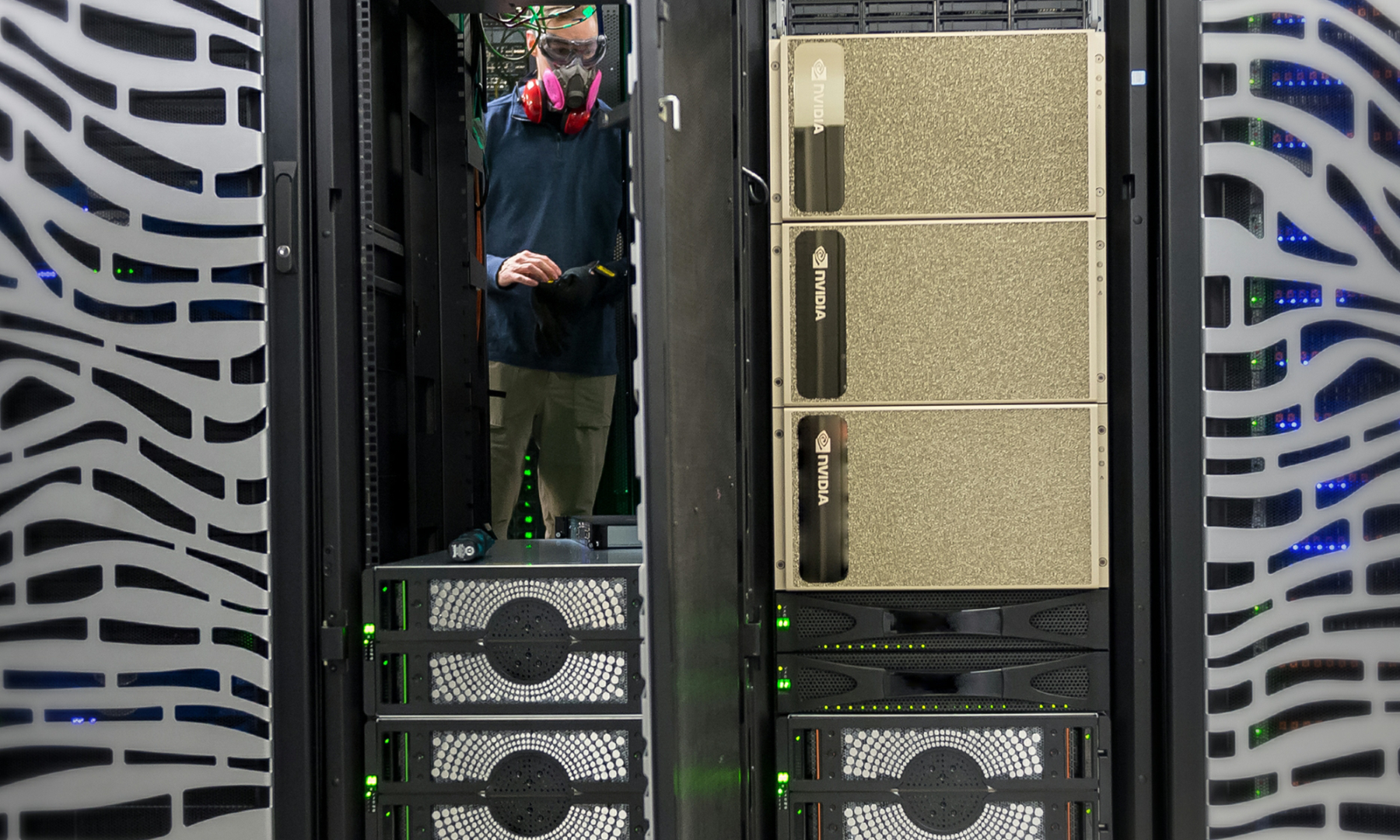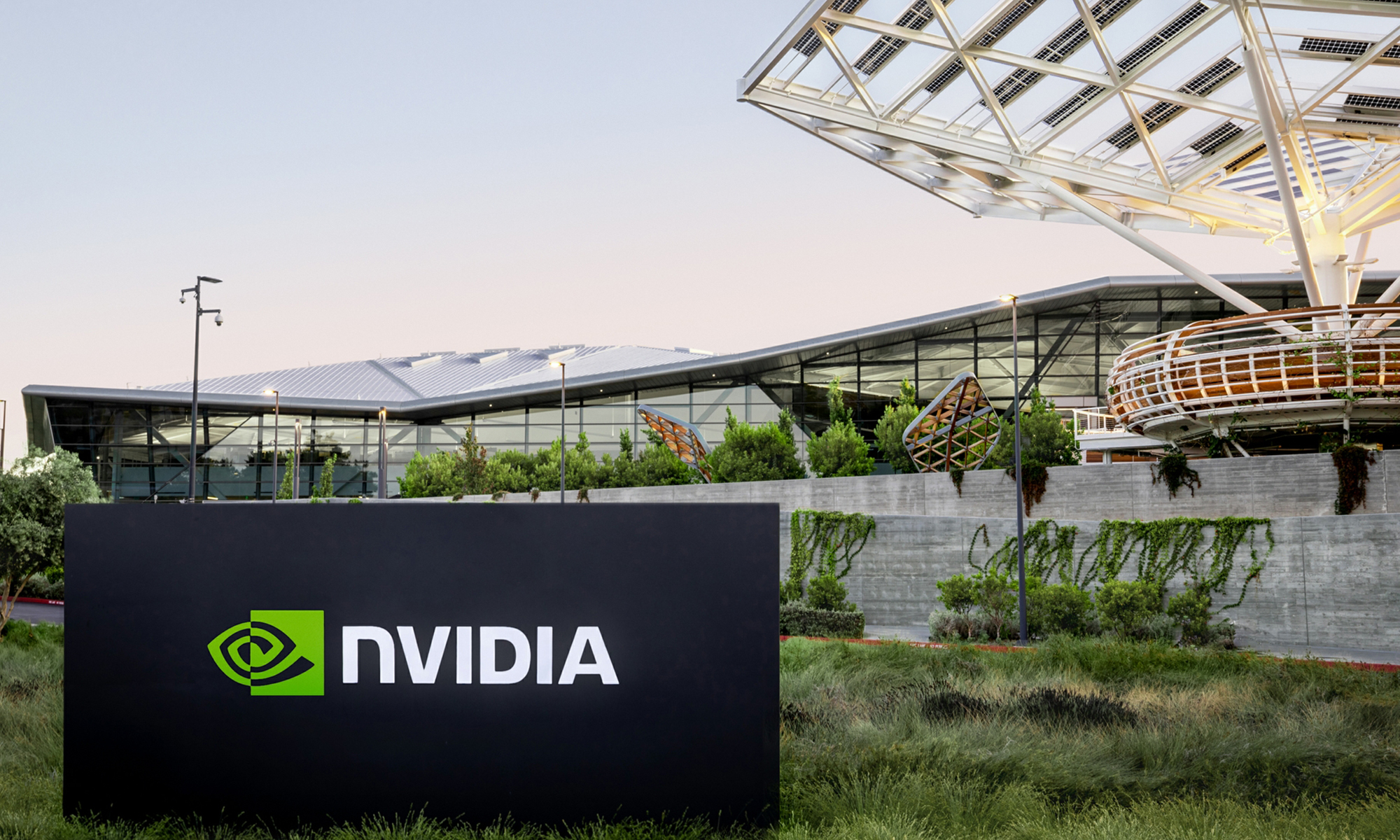Check out the latest NVIDIA earnings call transcript.
Shares of NVIDIA (NVDA 1.48%) have plunged more than 50% over the past three months, as the end of the cryptocurrency boom flooded the market with cheap graphics cards and disrupted the company's core gaming business. Concerns about softer demand for artificial intelligence chips from data center customers and a broader sell-off in semiconductor stocks exacerbated the pain.
NVIDIA's sell-off forced analysts to hastily cut their price targets. Mizuho analyst Vijay Rakesh recently trimmed his price target from $245 to $230, noting that while crypto prices were stabilizing, they weren't rising quickly enough to generate fresh interest in new GPUs.

Image source: Getty Images.
RBC analyst Mitch Steves also cut his price target from $230 to $200, stating that the secondary market was "reducing the average selling price" for GPUs and "could impact" NVIDIA's fourth quarter. Yet both Rakesh and Steves stayed bullish on NVIDIA with buy and outperform ratings on the stock, respectively.
Investors should always take analysts' ratings and price targets with a grain of salt. Let's take a closer look at NVIDIA and see if its stock will sink or swim in 2019.
What happened to NVIDIA?
Last November, NVIDIA reported its first quarterly revenue miss in three years. Its revenue rose 21% annually to $3.18 billion, but missed expectations by $60 million. This also marked its slowest growth rate in over two years. For the fourth quarter, it expects its revenue to decline about 7% year over year, whereas the analyst consensus had called for 17% growth.
NVIDIA attributed the miss to the end of the cryptocurrency mining boom, which caused mid-range Pascal GPUs to clog up the retail and secondary markets. Tougher competition from AMD's newer GPUs also throttled NVIDIA's ability to sell pricier GPUs.
That was great news for gamers, who were finally able to upgrade their gaming PCs with cheaper GPUs. But it torpedoed NVIDIA's core gaming revenue, which rose just 13% year over year and fell 2% sequentially last quarter.
This sequential drop coincided with slower growth in NVIDIA's data center revenue, which rose 58% annually and 4% sequentially during the quarter. That represented a significant slowdown from the unit's 83% year-over-year growth in the second quarter, and was seemingly caused by softer interest in its widely hyped machine learning and AI applications. Those challenges caused the company's non-GAAP gross margin to fall 250 basis points sequentially to 61%.

Image source: Getty Images.
The ugly performance of NVIDIA's gaming and data center businesses -- which together accounted for 80% of revenue -- overshadowed its accelerating growth in the professional visualization and automotive markets and sent investors flocking toward the exits.
Expectations and valuations
NVIDIA believes that it will take one or two quarters for its gaming business to stabilize. Analysts expect earnings per share to slip 1% in fiscal 2020 on a 6% increase in revenue -- compared to expectations for 26% sales growth and 50% EPS growth in fiscal 2019 (which ends on Jan. 28).
NVIDIA stock now trades for just 19 times forward earnings, which marks a multiyear low for its earnings multiple. However, the stock still isn't cheap relative to the company's anemic growth rate. NVIDIA's low dividend yield of 0.5% won't attract any serious income investors or set a floor under its stock, and its preference for buybacks over dividends backfired throughout 2018.
Based on those factors, NVIDIA looks like a weaker investment than industry peer Intel. Analysts expect revenue and EPS to rise 3% and 1%, respectively, at Intel next year -- but its stock trades for just 10 times forward earnings, it has a higher dividend yield of 2.6%, it has a more diversified business model, and it isn't exposed to the volatile cryptocurrency markets.
Simply put, NVIDIA has already told investors to expect unpleasant results for the first half of fiscal 2020. Looking further ahead, rising cryptocurrency prices, content share gains in connected cars, rising demand for its Drive PX platform for autonomous cars, and the stabilization of its gaming business could all potentially get NVIDIA's growth back on track.
NVIDIA probably won't sink, but it also won't swim
NVIDIA's huge pullback isn't surprising, since its valuation was high and sales of GPUs to cryptocurrency miners were clearly disrupting its core gaming market. Instead of sinking or swimming, NVIDIA will likely tread water for most of calendar 2019 as it adjusts its inventory levels and waits for market prices to stabilize. NVIDIA's downside could be limited at these prices, but I wouldn't expect a significant rally until its sales growth starts to accelerate again.






